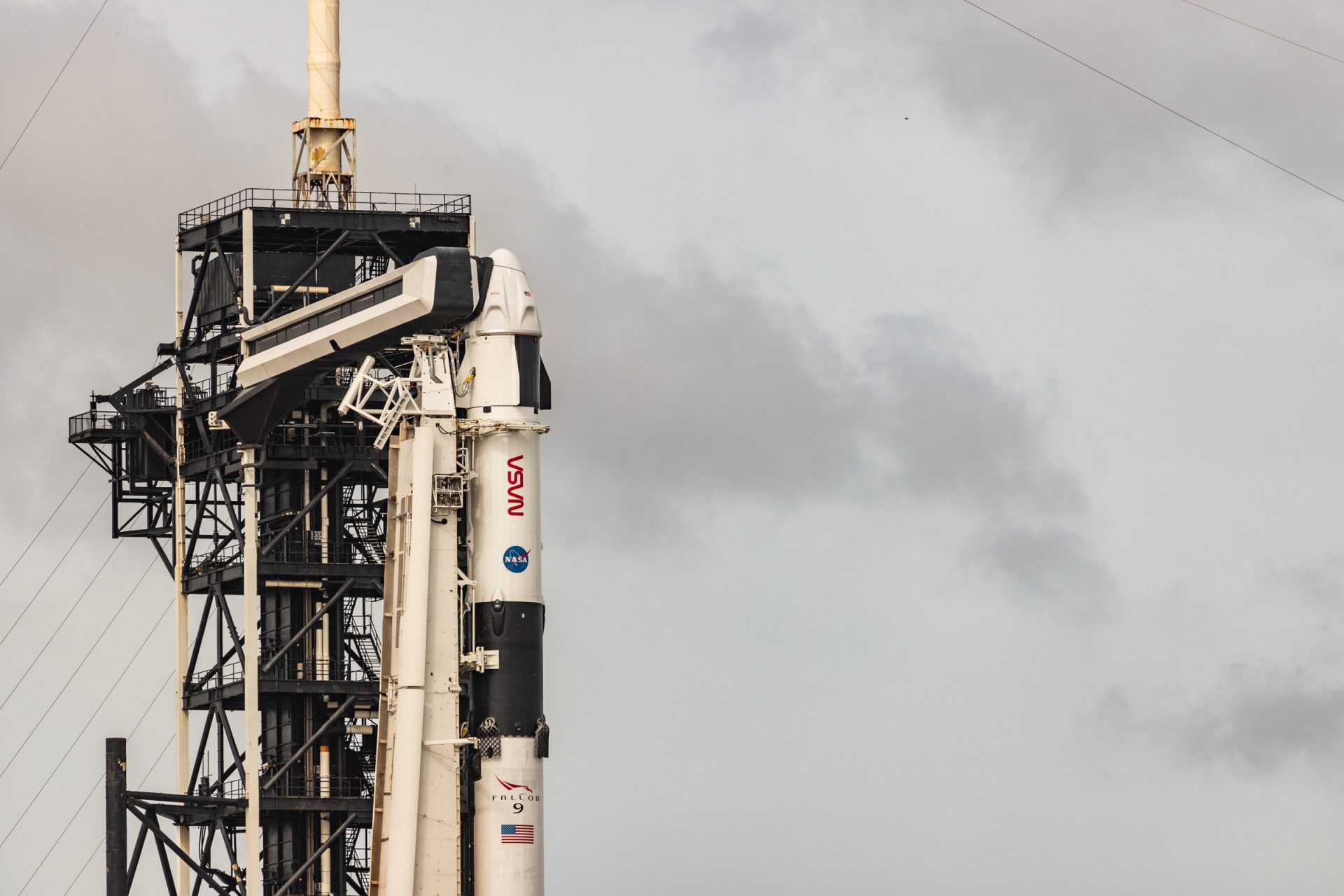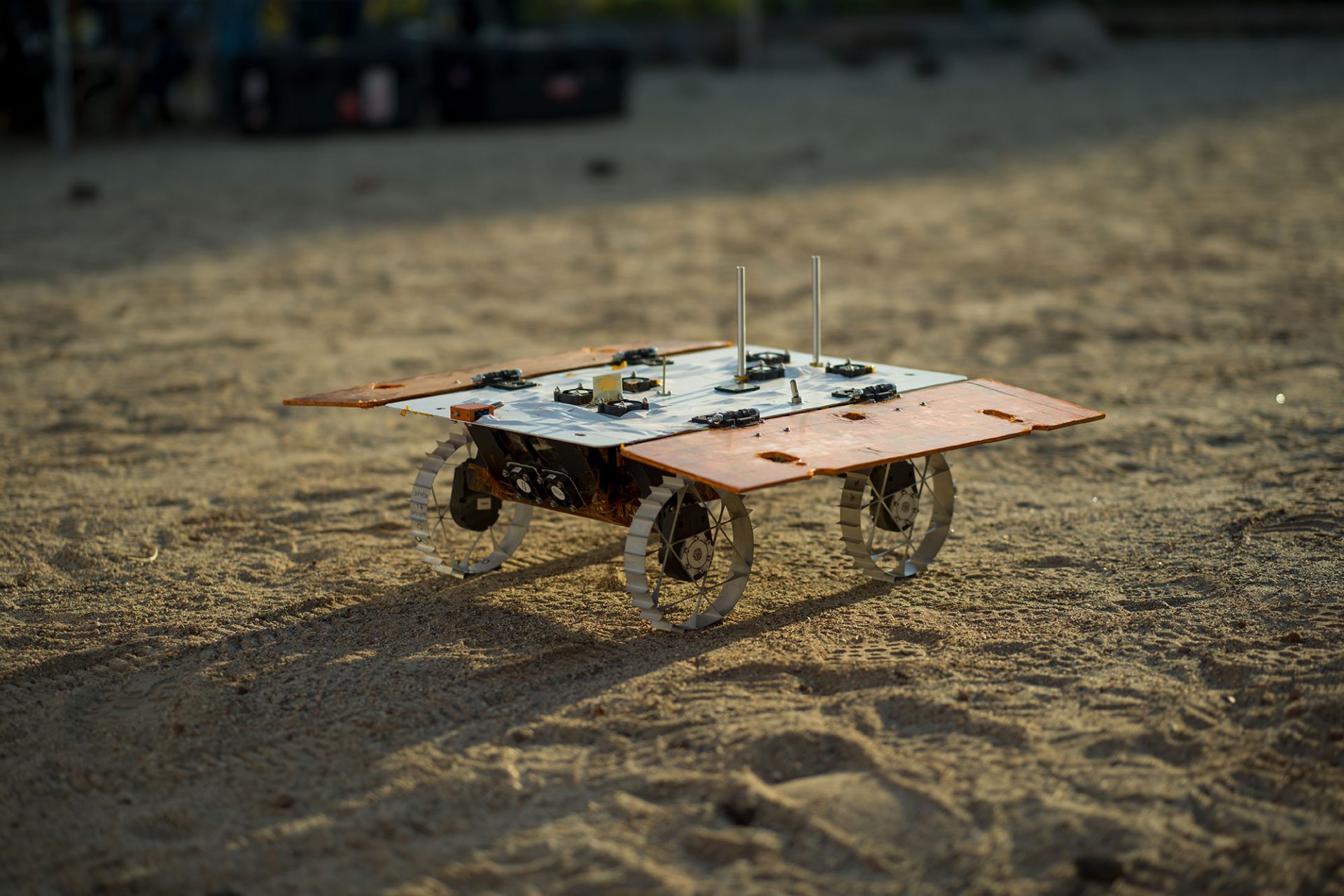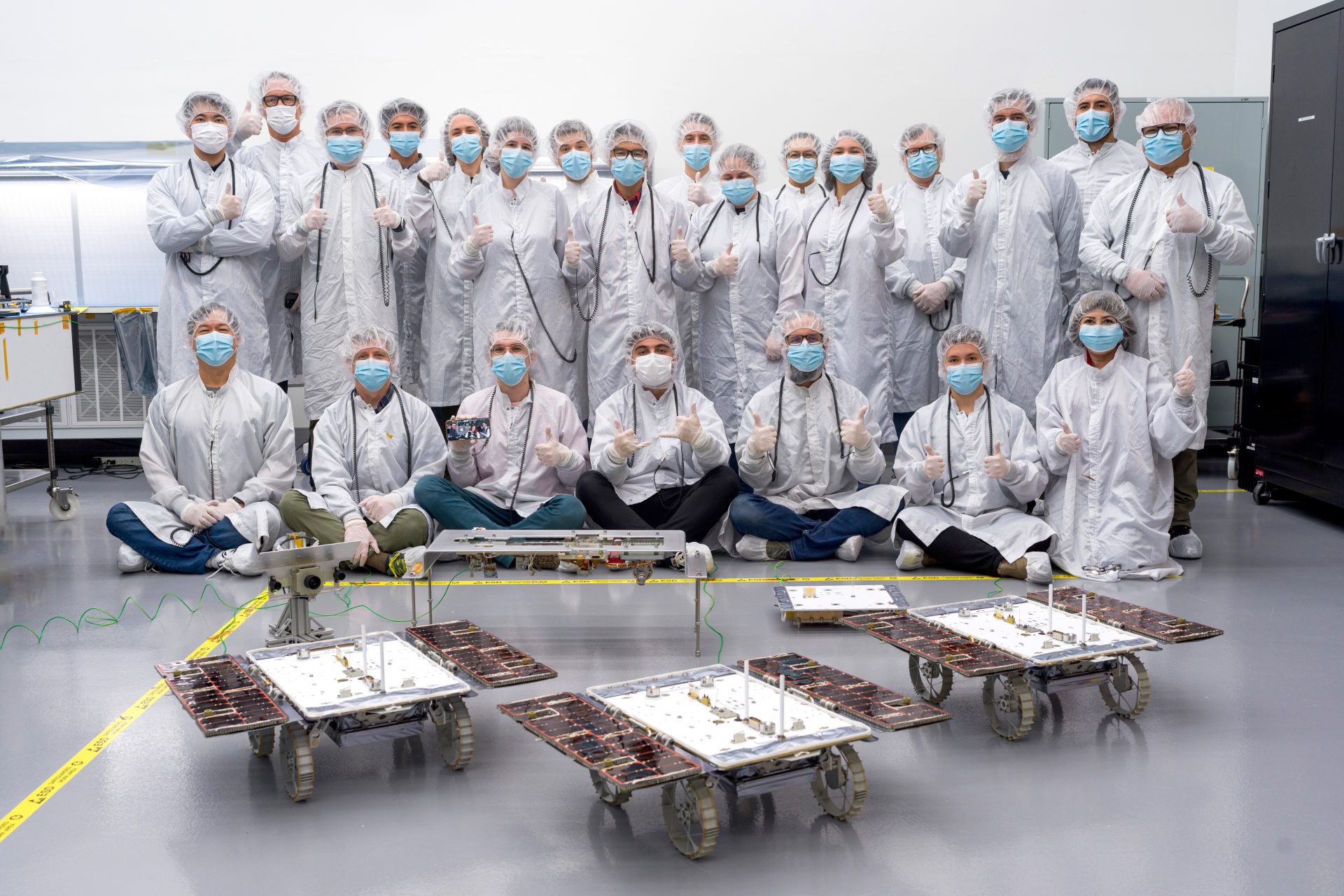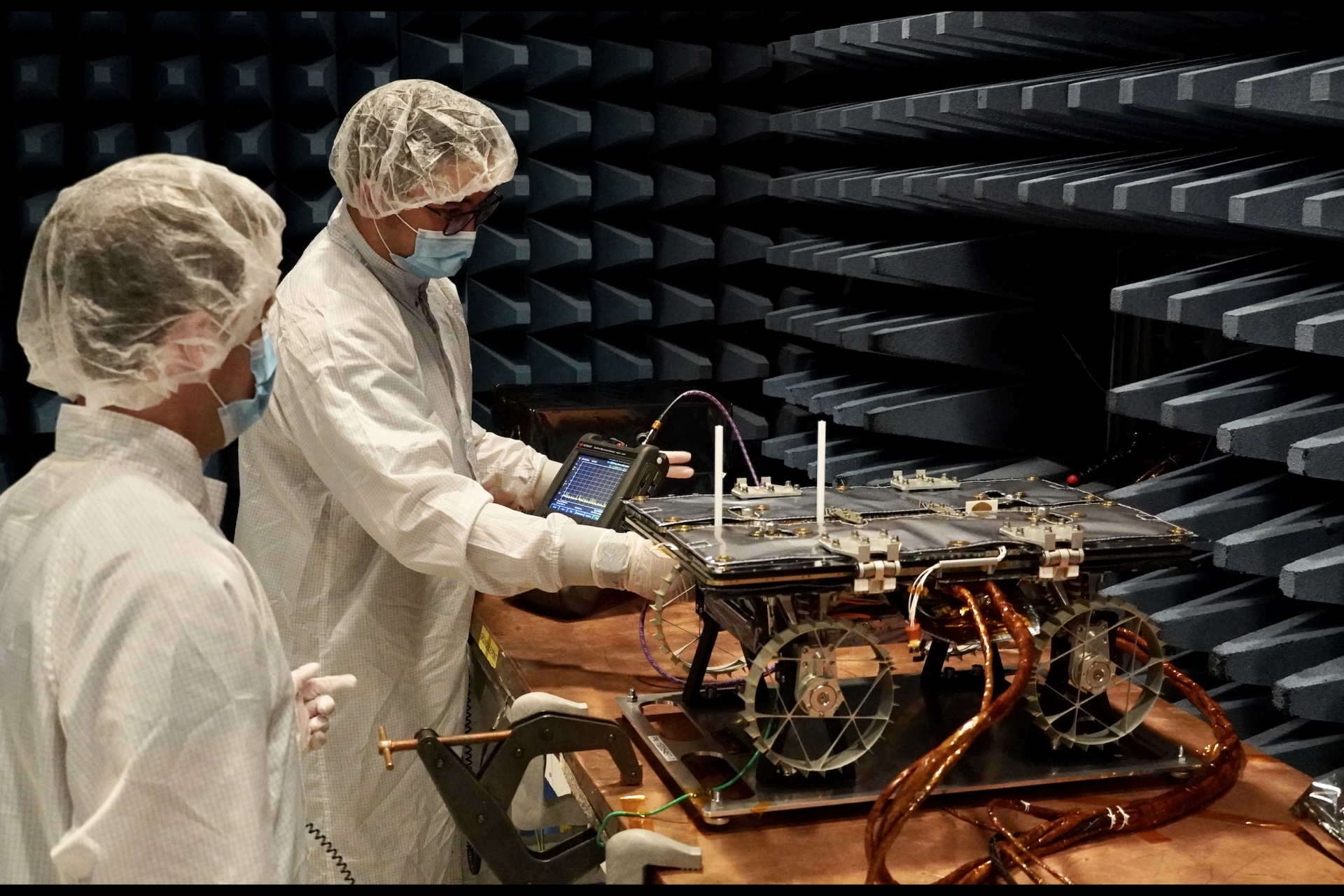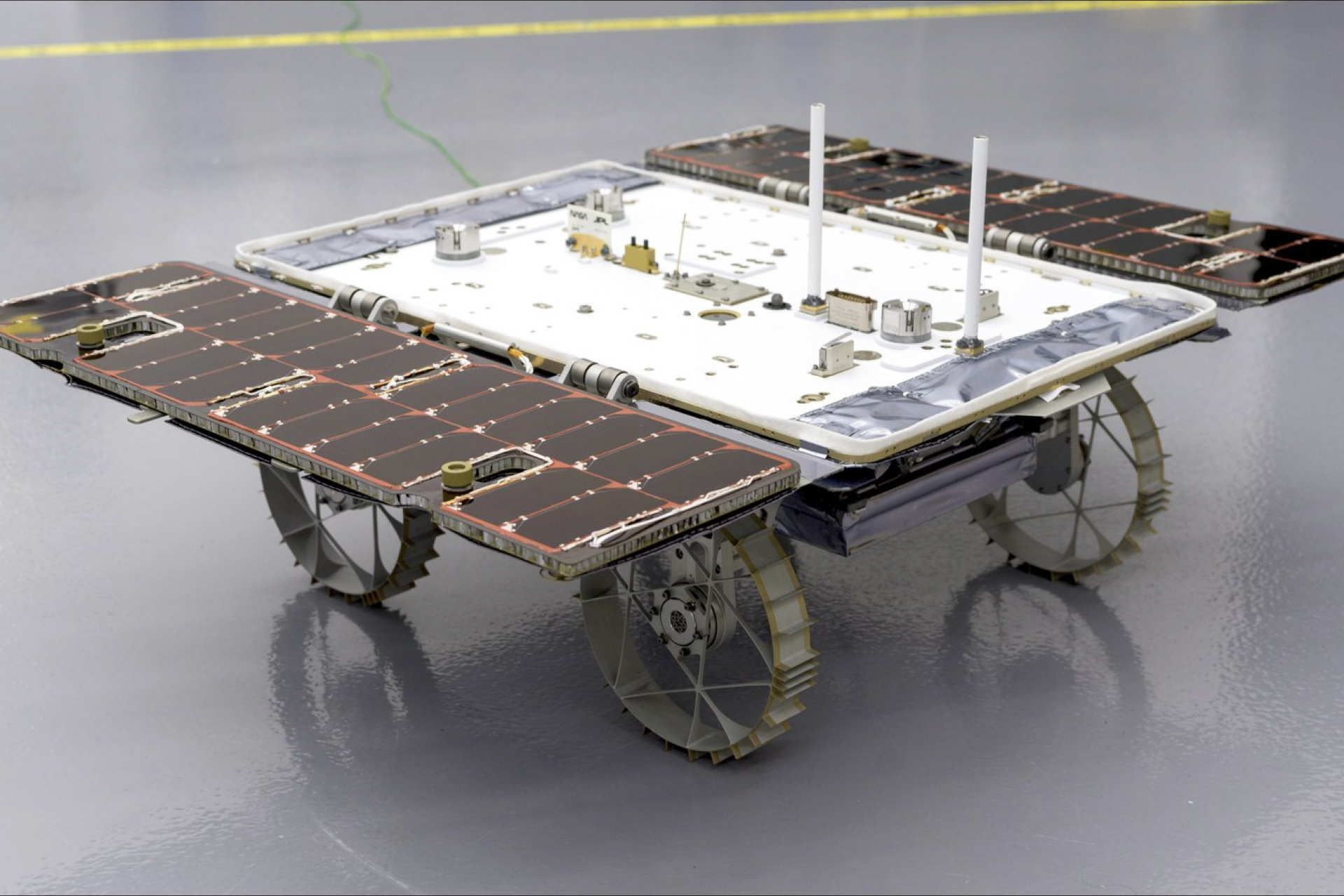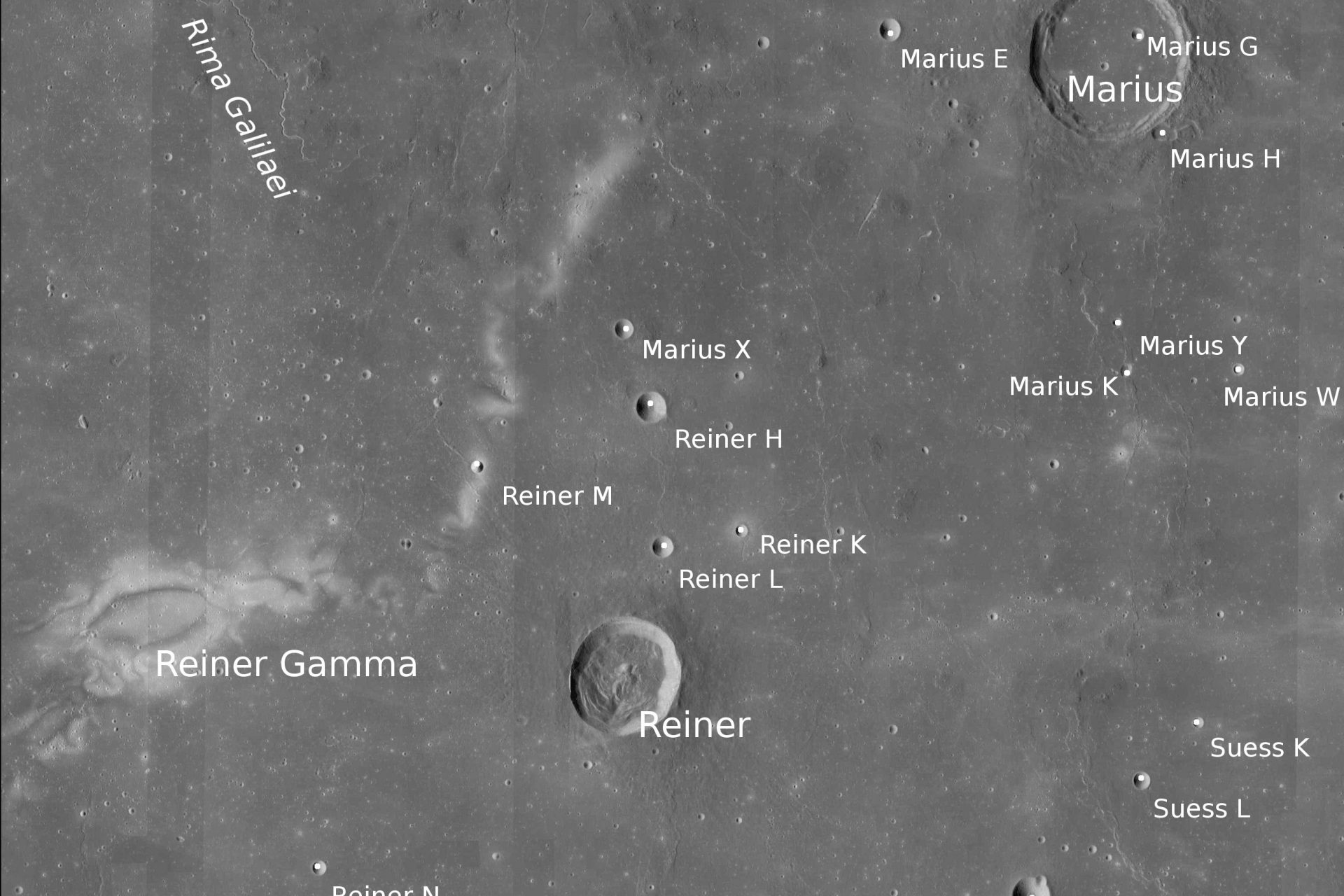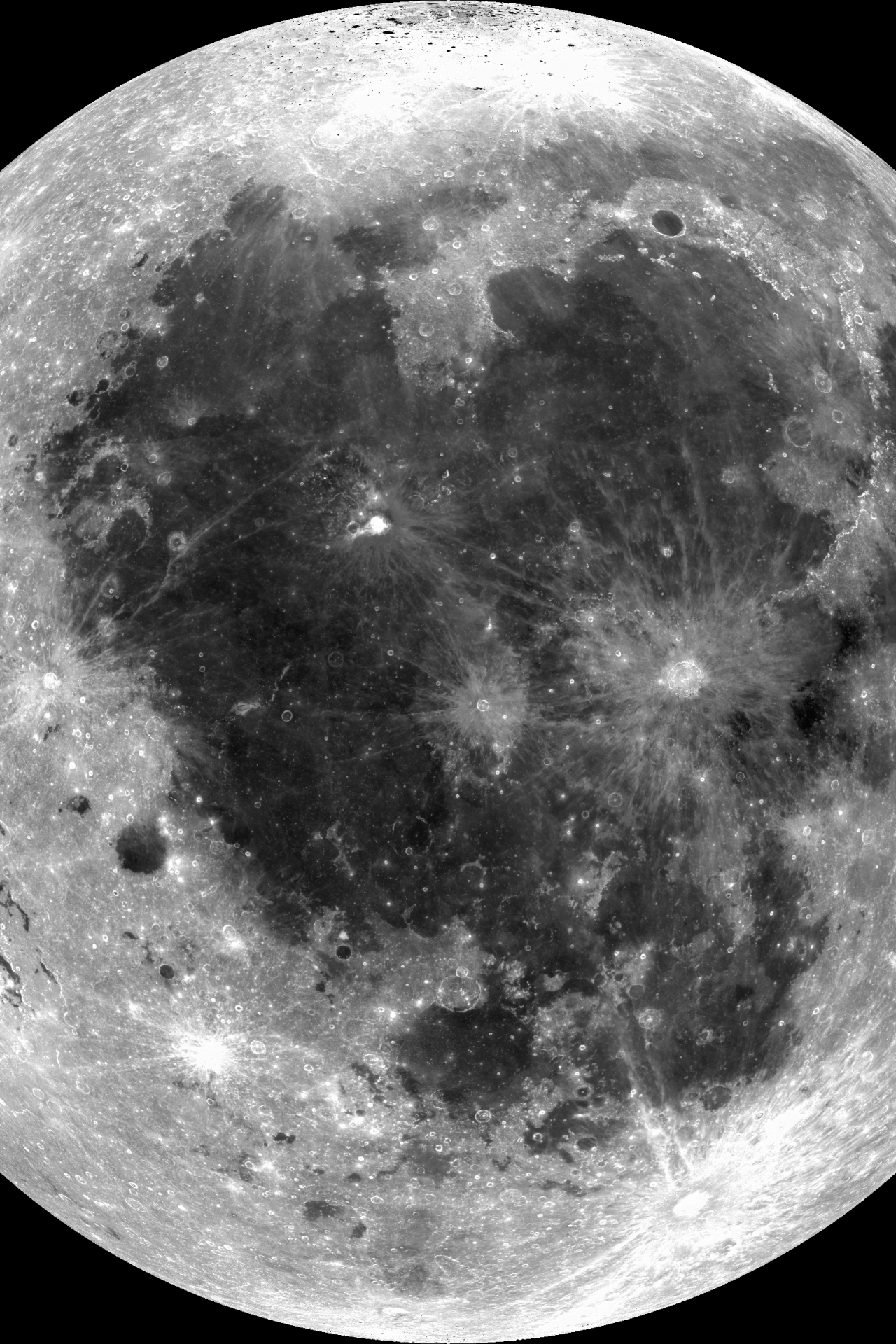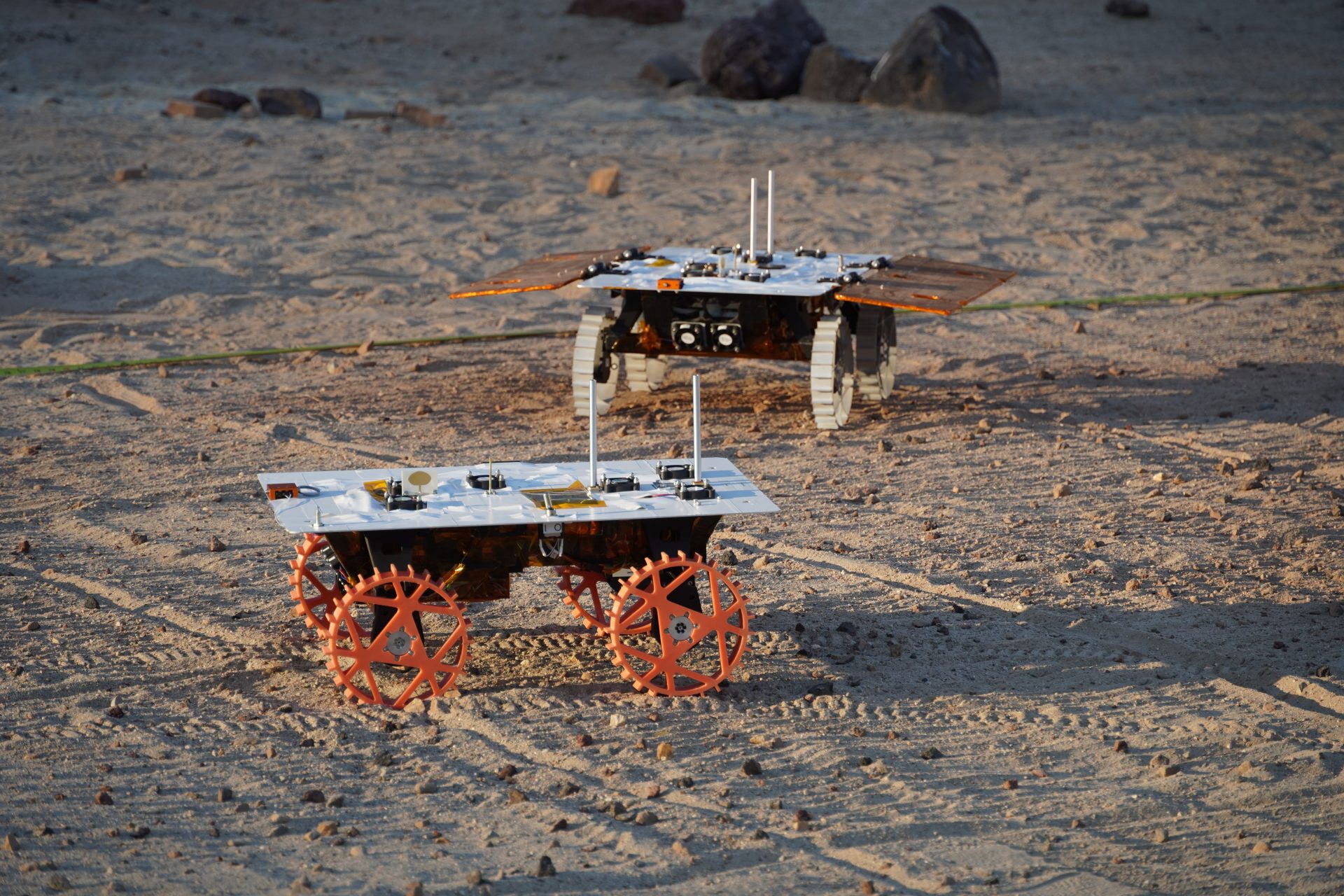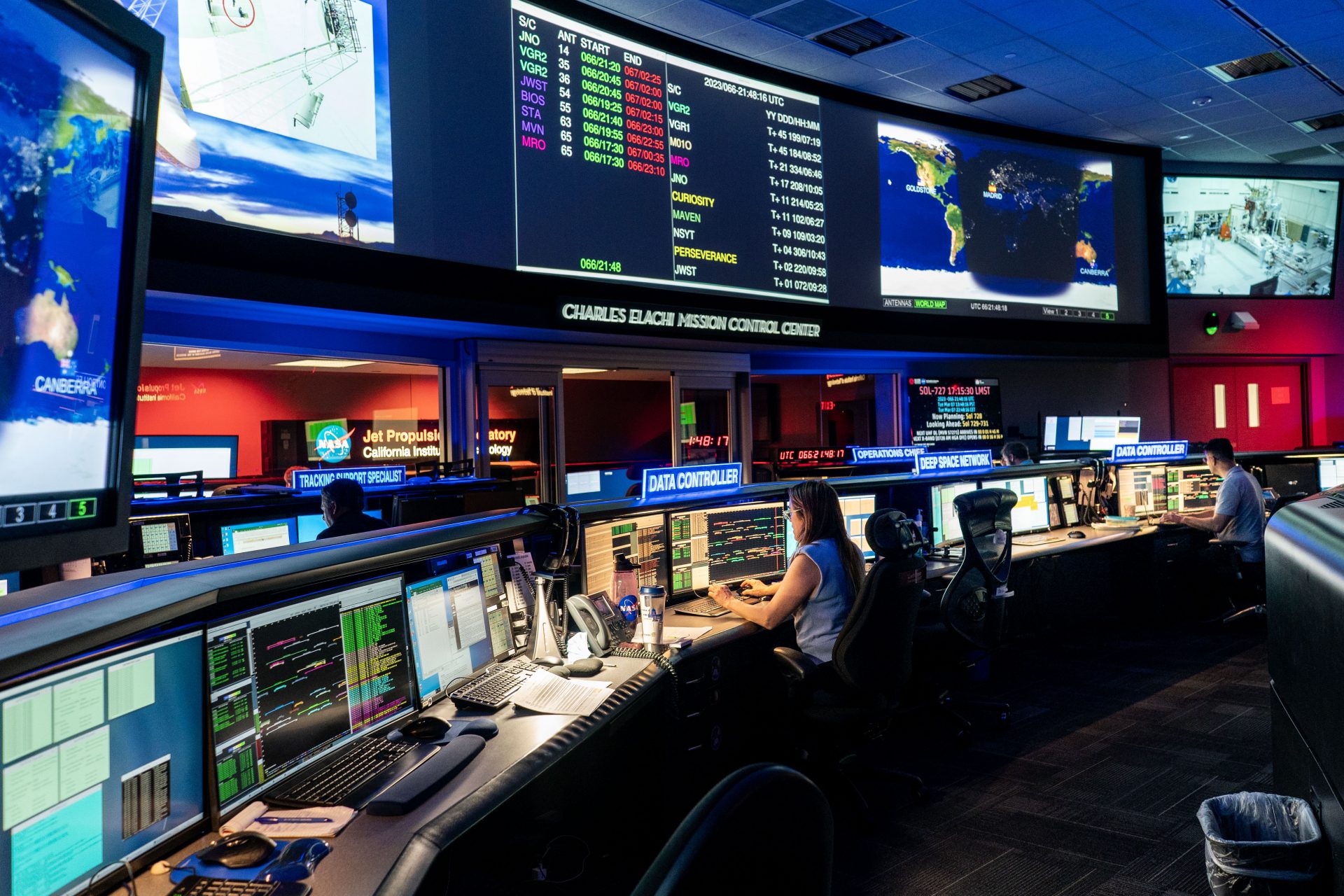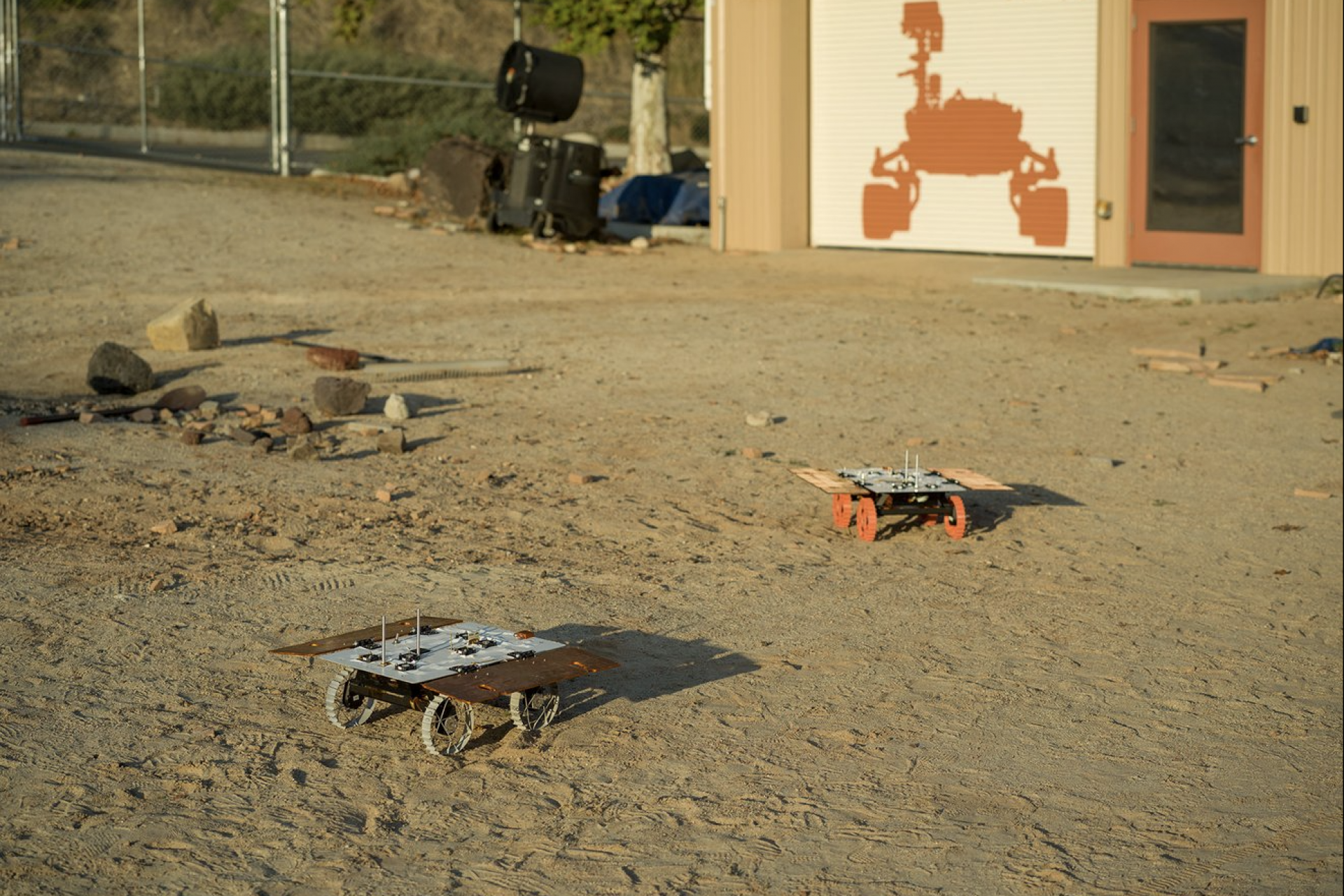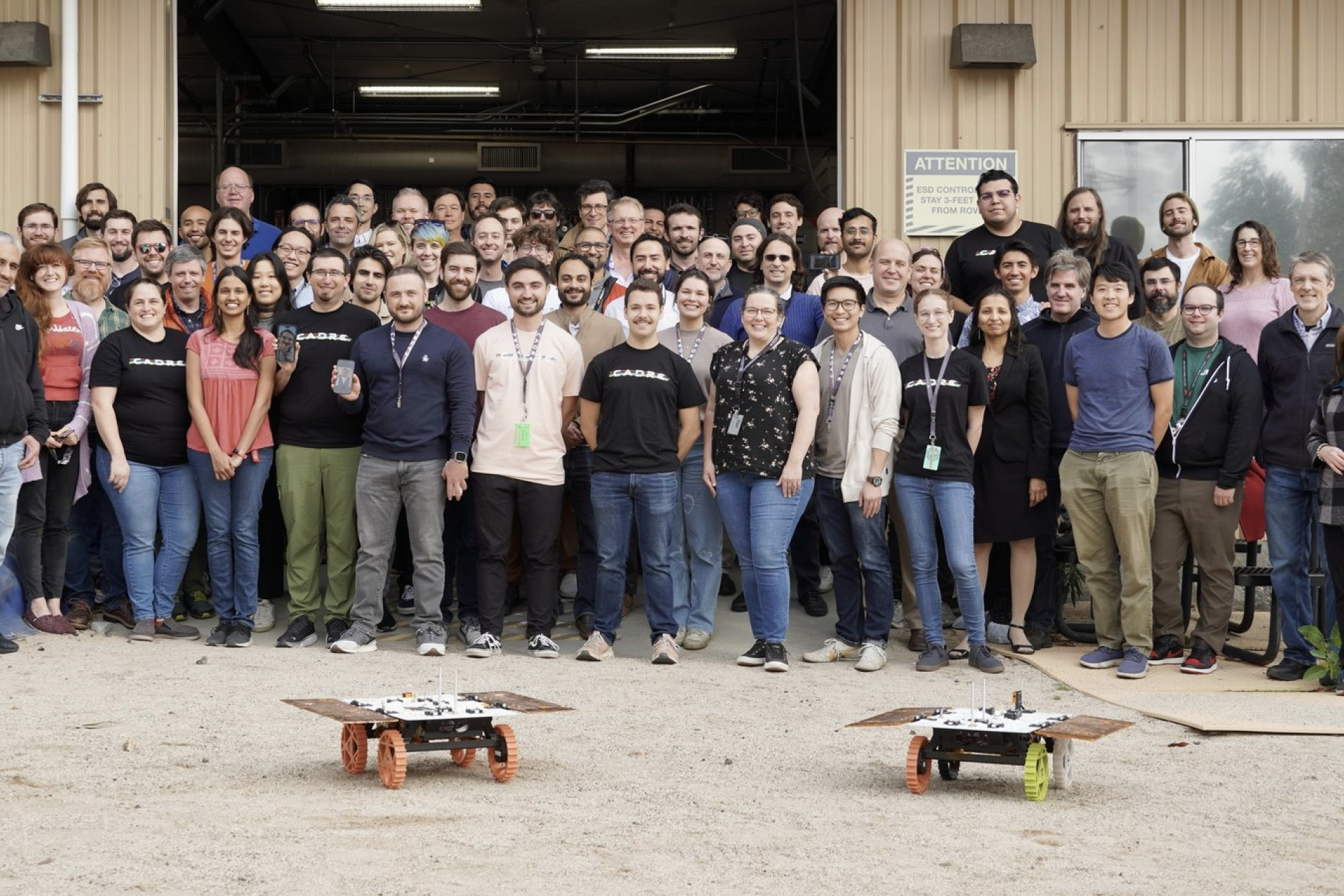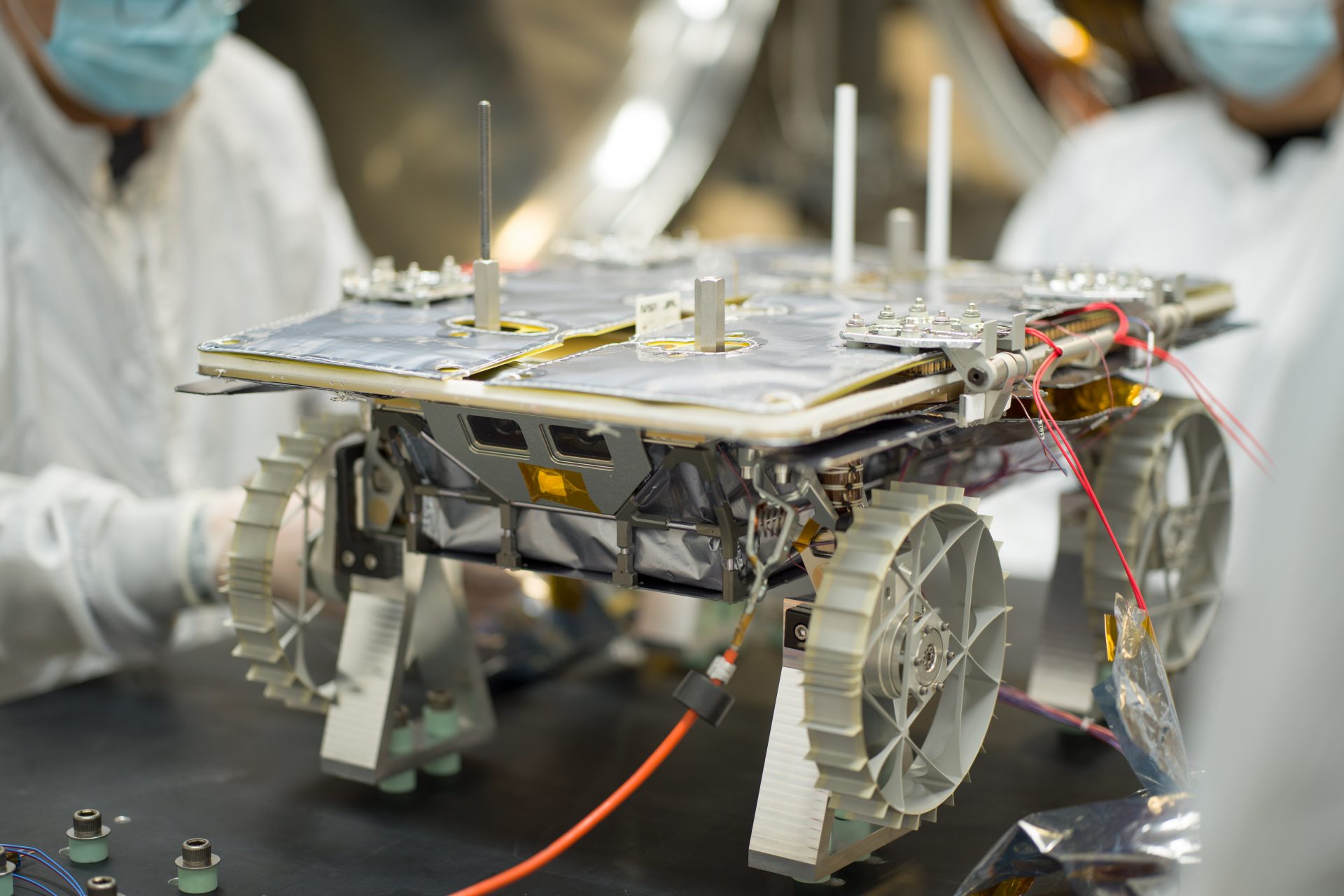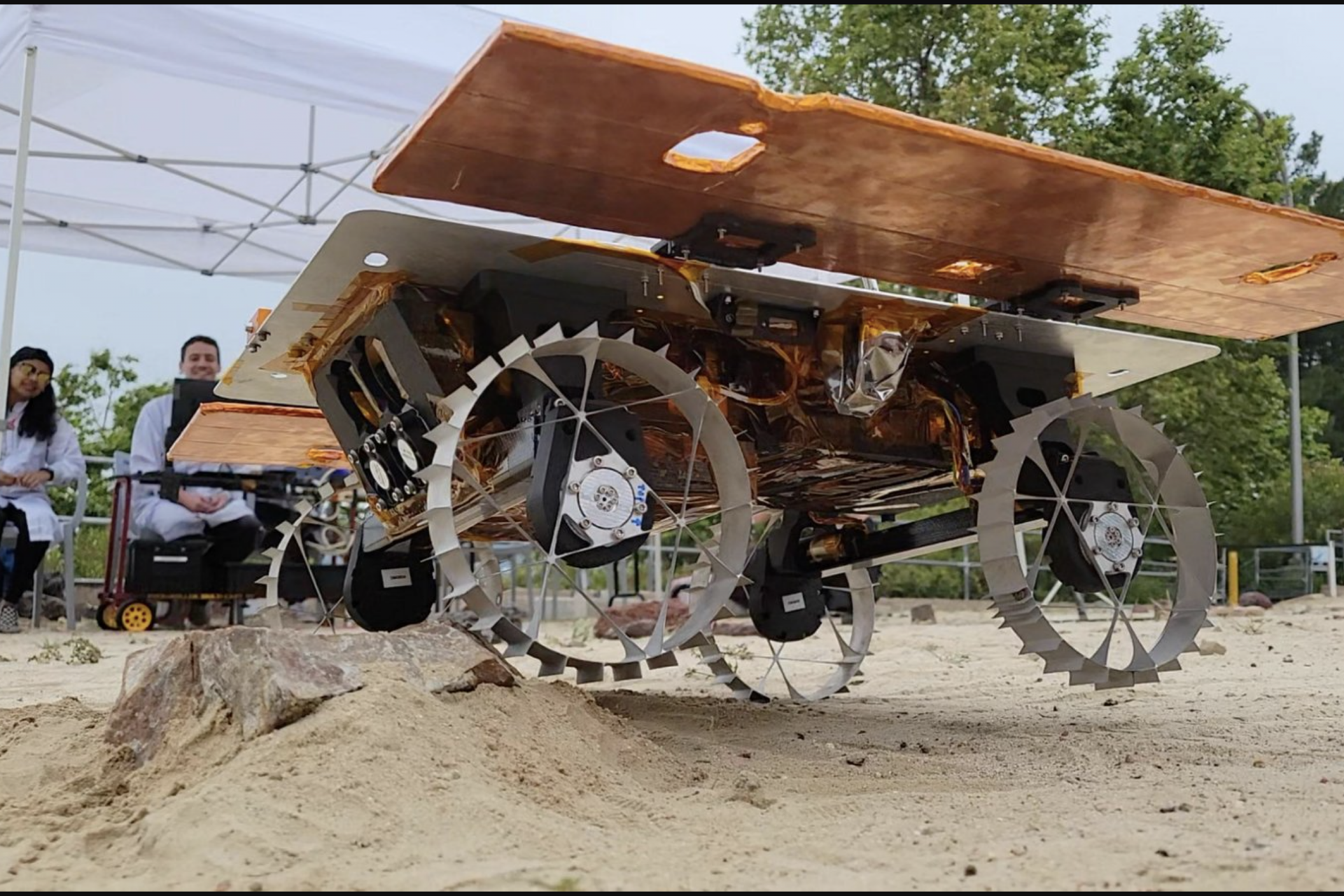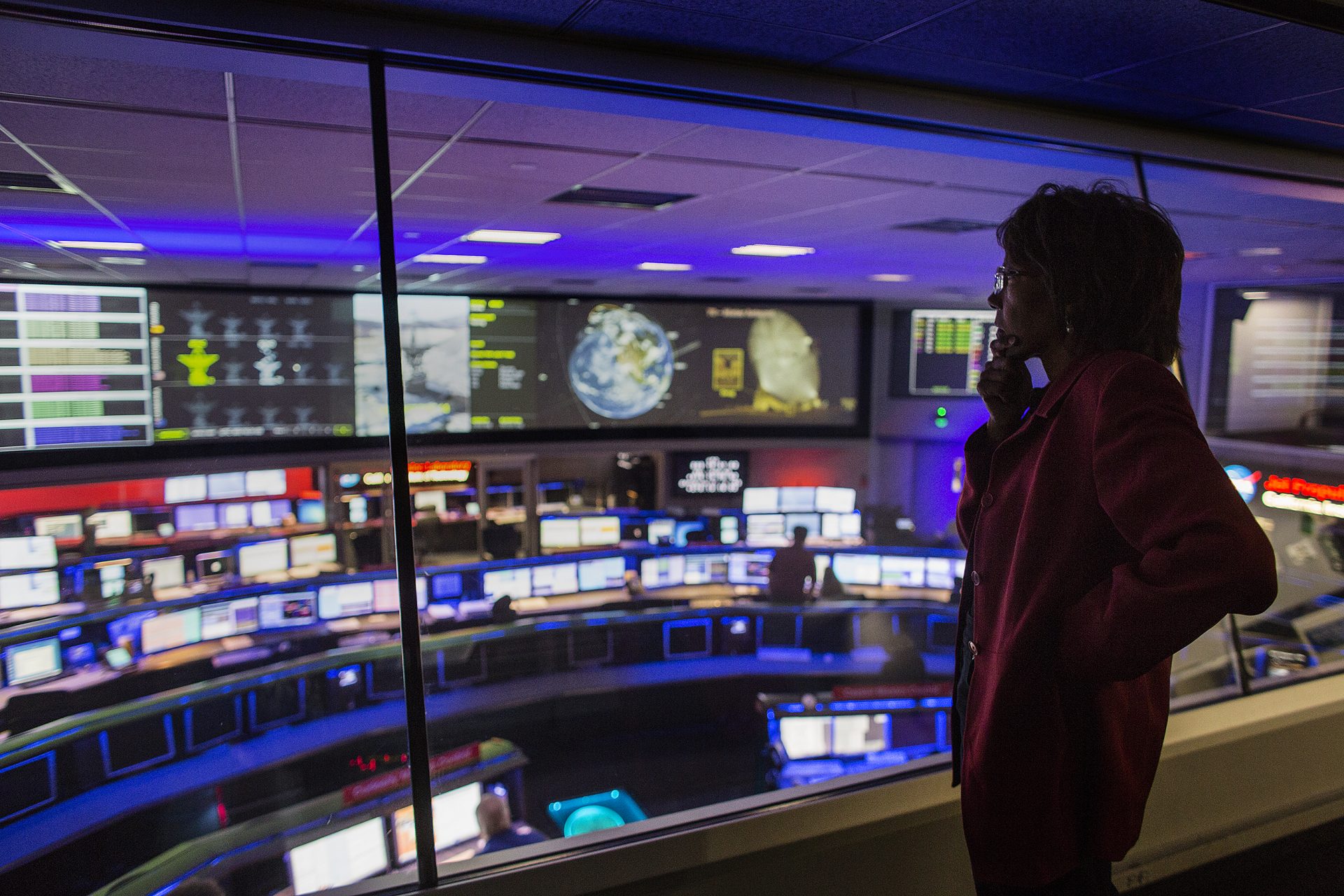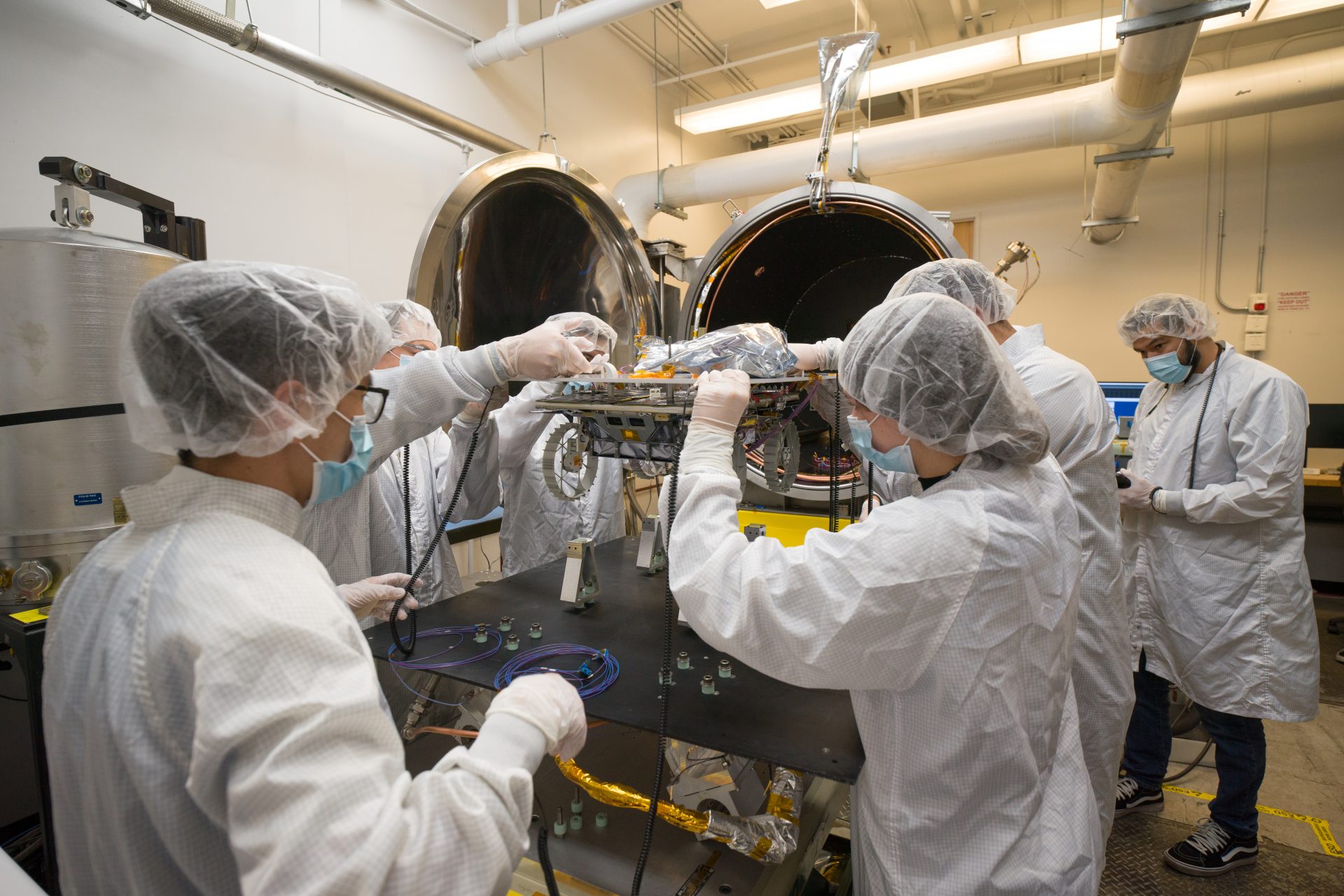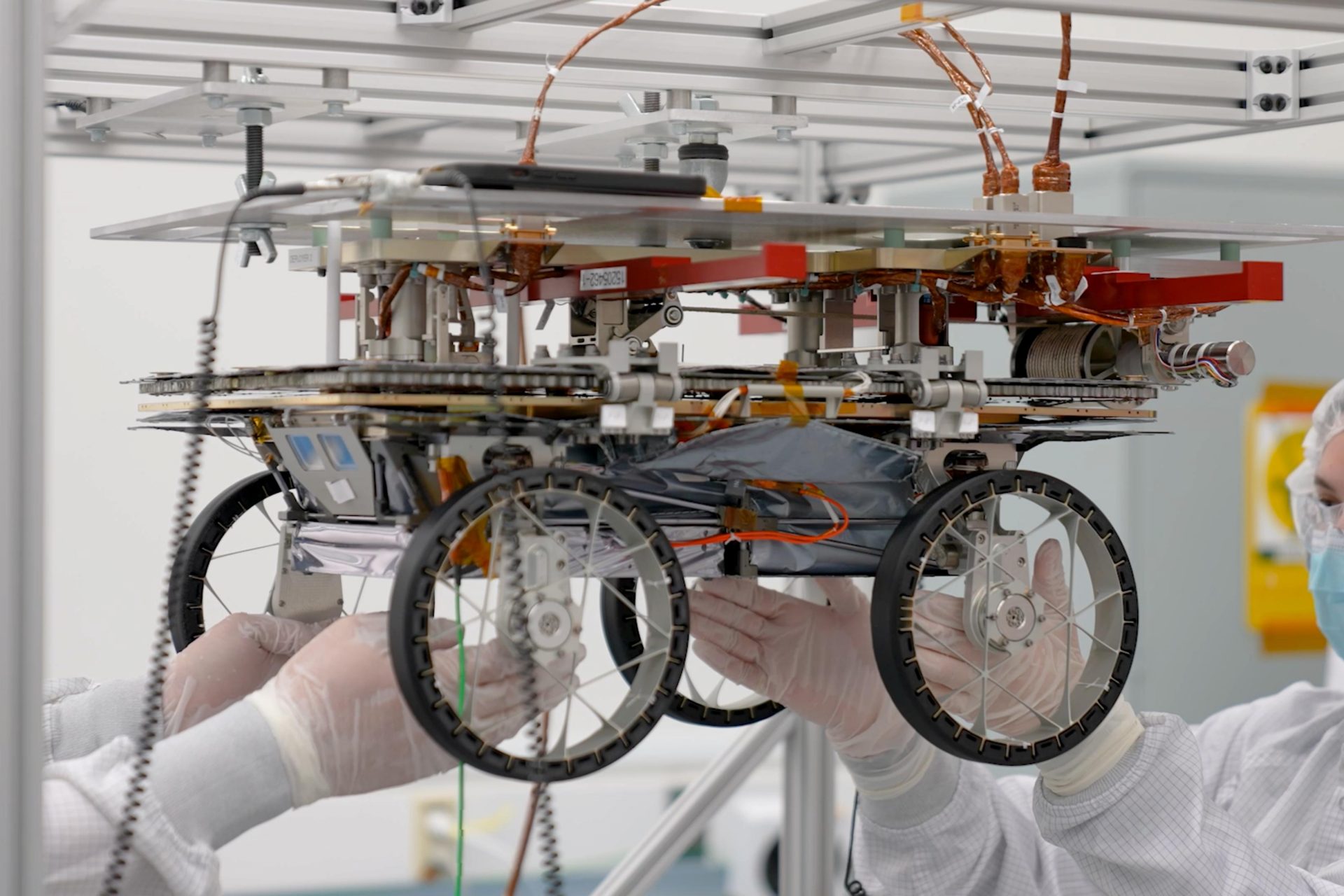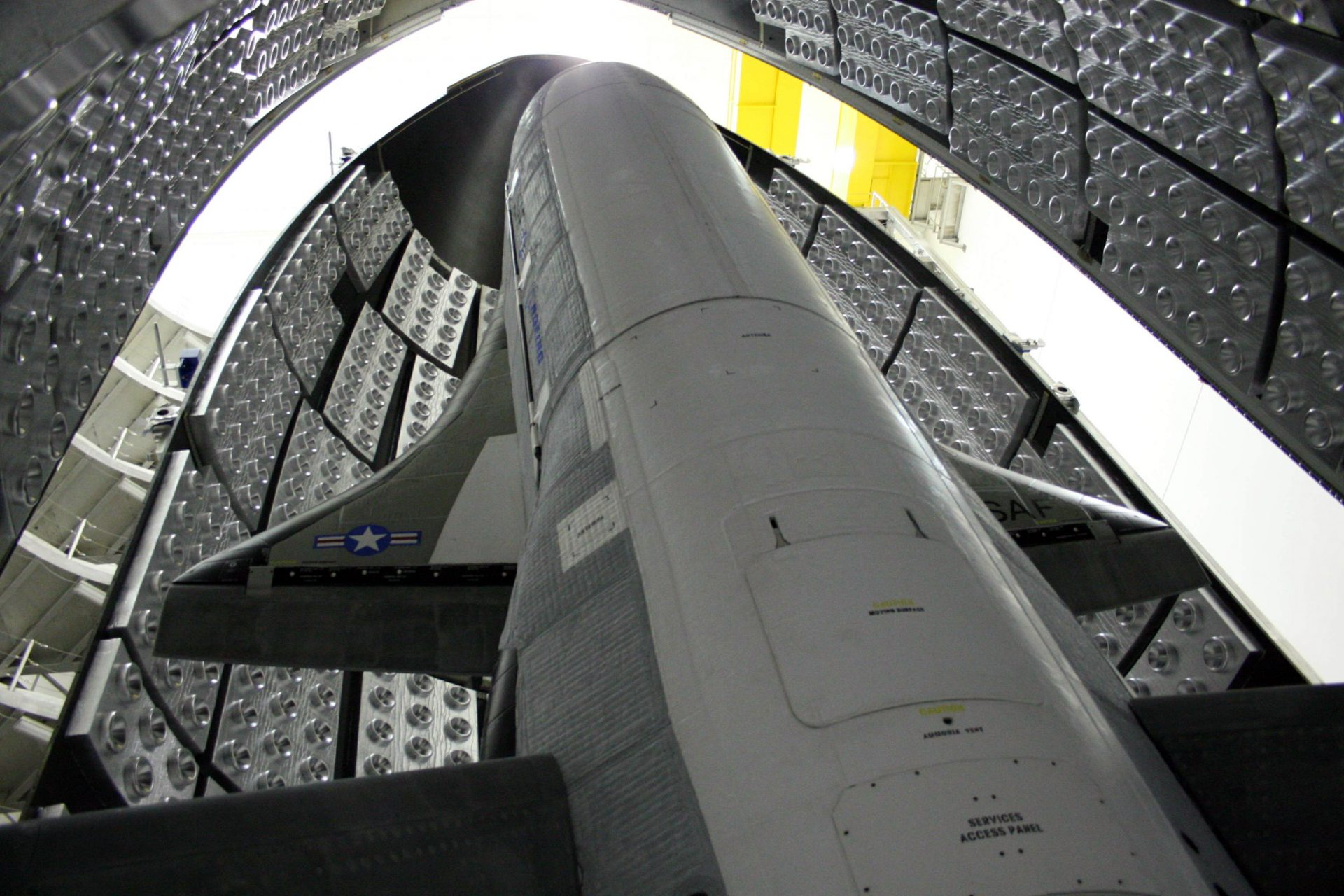NASA has a new rover and it is about to go on an interesting mission
NASA is always striving to push the boundaries of space exploration and that has led its engineers to develop a new type of robot rover that could completely change how space exploration missions are undertaken according to the agency.
The Cooperative Autonomous Distributed Robotic Exploration—more commonly known by the acronym CADRE—project has developed a rover that operates without the input of humans with the aim of supporting future exploratory missions.
Photo Credit: NASA/JPL-Caltech
NASA’s CADRE rovers are a lot smaller than something like Curiosity of Perseverance, two of the space agency’s more modern rovers exploring the surface of Mars. CADRE’s rovers are only about the size of the average carry-on luggage.
Photo Credit: NASA/JPL-Caltech
However, engineers have packed the tiny new rover with a lot of technology that will be very useful for mapping the surface of a planet. The rover is equipped with an array of sensors and cameras as well as other advanced technologies.
Photo Credit: NASA/JPL-Caltech
Powered by solar panels and four wheels, the CADRE rover also has been fitted with a powerful ground-penetrating radar that its designers developed so that it could map the lunar surface during the new technology's first mission to the moon.
Photo Credit: NASA/JPL-Caltech
A trio of new rovers from NASA will be heading to the moon in 2024 aboard Intuitive Machines’ third lunar lander the IM-3 as part of the space agency’s Commercial Lunar Payload Services (CLPS) initiative according to Space.com.
NASA is tasking its tiny autonomous rovers with exploring a very mysterious region on the moon known as Reiner Gamma. The area is just one of several fascinating places on the lunar surface that have their own local magnetic field.
Photo Credit: Wiki Commons By NASA, Public Domain
Reiner Gamma is located inside an area on the moon’s surface referred to as Oceanus Procellarum, which translates to Ocean of Storms. The region is on the western edge of the moon north of the equator and temperatures are volatile.
Photo Credit: Wiki Commons By NASA, Public Domain
During the middle of the day, surface temperatures in Reiner Gamma can reach as high as 237° Fahrenheit or 114° Celsius, which makes the area perfect for exploration using autonomous robots like the ones developed by the CADRE project.
Photo Credit: NASA/JPL-Caltech
The mission NASA’s new robots are being sent on is very simple. The aim is to see how the three rovers interact with each other without direct input from the mission controllers back on Earth according to a press release from the space agency.
The rovers will take measurements from several locations so that NASA can provide the proof of concept. If the mission is successful, it could dramatically transform how NASA explores other planetary and celestial surfaces in the near future.
Photo Credit: NASA/JPL-Caltech
“Our mission is to demonstrate that a network of mobile robots can cooperate to accomplish a task without human intervention – autonomously,” explained Subha Comandur, the CADRE project manager at NASA’s Jet Propulsion Laboratory.
Photo Credit: NASA/JPL-Caltech
“It could change how we do exploration in the future,” Comandur continued, adding that the “question for future missions will become: ‘How many rovers do we send, and what will they do together?’” But what do we know about the mission?
Photo Credit: NASA/JPL-Caltech
The Cadre rovers will explore Reiner Gamma for a full lunar day, which is equivalent to about 14 Earth days, and will conduct a number of experiments throughout the area that will test the capabilities of the new recovers and how they work together.
Photo Credit: NASA/JPL-Caltech
Mission control will send the rovers a broad directive as to what they should do once on the moon. The robots will select a leader and then get to work on reasoning out the best way to complete the tasks that they have been given.
“The only instruction is, for example, ‘Go explore this region,’ and the rovers figure out everything else: when they’ll do the driving, what path they’ll take, how they’ll maneuver around local hazards,” said CADRE’s principal investigator Jean-Pierre de la Croix.
Photo Credit: NASA/JPL-Caltech
“You only tell them the high-level goal, and they have to determine how to accomplish it,” Jean-Pierre de la Croix added. It’s a very interesting way to increase our capabilities that could revolutionize the future of space exploration.
Never miss a story! Click here to follow The Daily Digest.
Photo Credit: NASA/JPL-Caltech
More for you
Top Stories



